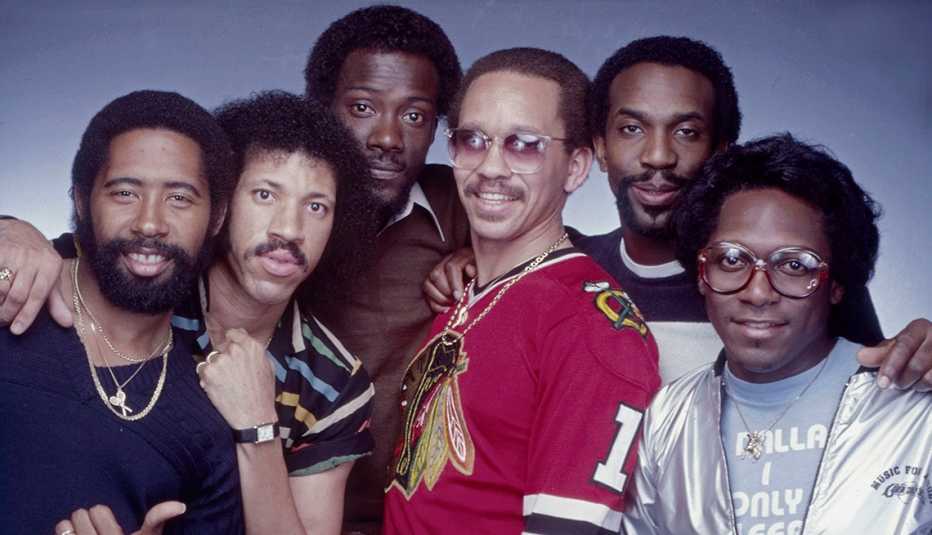AARP Hearing Center


They made it look easy like Sunday morning. The funk-soul Commodores met at Tuskegee Institute in 1968, signed to Motown in 1972 after opening for the Jackson 5, and sold 60 million records.
And you can join them March 26 when they perform for AARP’s online Daybreaker Live: Easy Like Saturday Morning Dance Party (register now here to get in on the fun).
The performance is part of AARP’s three-day AARP Celebrates You! virtual festival (find out how to these free events here).
Meanwhile, in celebration of Commodores’ string of R&B, soul and funk hits, we’ve assembled our picks for their top 10. Get the inside story on each song (who really wrote those “Brick House” lyrics?) and listen to each one before the Dance Party.
“Easy” (1977)
Why it’s great: This languid, bluesy ballad from the Commodores album is often mistaken for a mushy love song. The tune, featuring laid-back vocals and a sparkling guitar solo, finds the singer reacting to a doomed relationship not with despair but with a resignation that’s “easy like Sunday morning.” It was featured in a Levi’s TV commercial. Lionel Richie, who sang lead on the Commodores’ hit version, recorded “Easy” again with Willie Nelson on his 2012 solo Tuskegee album.
Peak moment: “Easy” reached No. 4 on the Billboard singles chart.
Hear it: “Easy”
“Brick House” (1977)
Why it’s great: Upbeat and funky with a soulful horn section, “Brick House” is an unapologetic (if slightly dated) ode to a shapely woman. Drummer Walter Orange handles the vocals, and Richie plays saxophone. If the lyrics seem offensive, don’t blame the Commodores. The band needed another song for the Commodores album and guitarist-trumpet player William King was at home writing one when he fell asleep. He woke up to find the “Brick House” lyrics written by his wife, Shirley Hanna-King. The other members didn’t know until years later that she was the author.
Peak moment: “Brick House” topped out at No. 5 in Billboard.
Hear it: “Brick House”
“Still” (1979)
Why it’s great: A soft rock ballad on Midnight Magic, “Still” gets its emotional heft from melancholy piano, swelling strings and Richie’s heartfelt vocals. Richie was inspired to write “Still” by the breakup of childhood friend William Smith’s marriage. After the couple split, Smith and Richie talked at length one night about the painful but wise choice of divorce as a means of salvaging a friendship and avoiding simmering bitterness. The song has been covered by a wide variety of artists from “Goldfinger” belter Shirley Bassey to John Schneider of The Dukes of Hazzard.
Peak moment: “Still” went all the way to No. 1.
Hear it: “Still”

































































More on Entertainment
AARP Presents 'Smokey Wrote That'
Motown legend and prolific songwriter Smokey Robinson tells the stories behind timeless hitsDetroit's Motown Museum Is a Must-See for Music Lovers
A guide to the legendary launching pad for Marvin Gaye, Diana Ross and other superstars